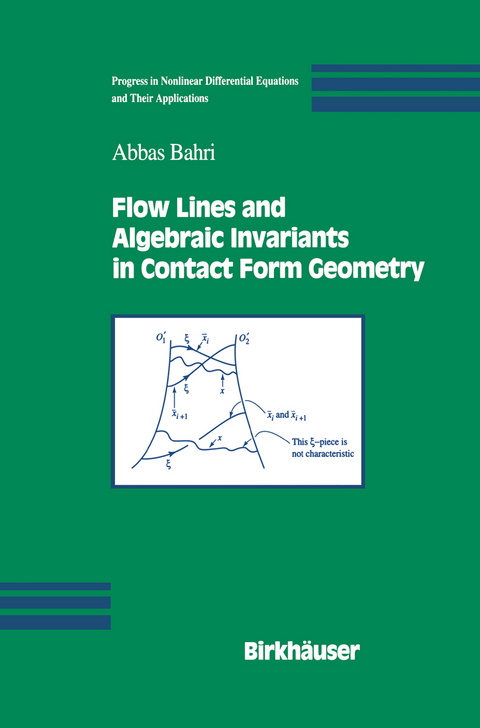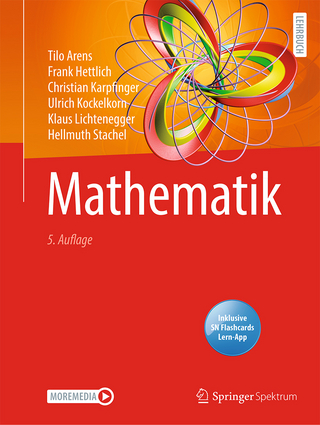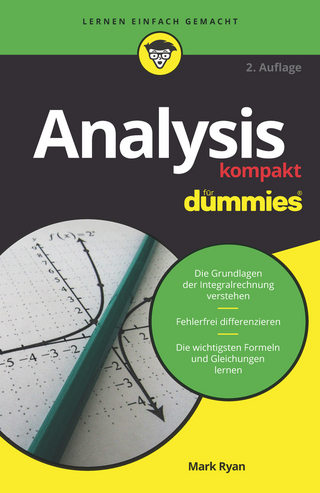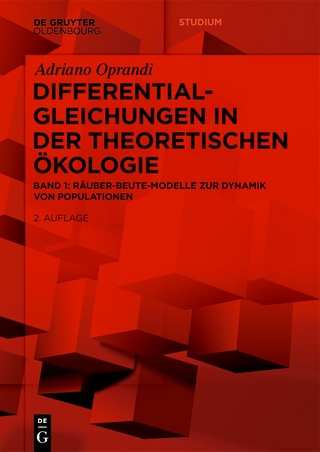
Flow Lines and Algebraic Invariants in Contact Form Geometry
Springer-Verlag New York Inc.
978-1-4612-6576-4 (ISBN)
This text features a careful treatment of flow lines and algebraic invariants in contact form geometry, a vast area of research connected to symplectic field theory, pseudo-holomorphic curves, and Gromov-Witten invariants (contact homology). In particular, this work develops a novel algebraic tool in this field: rooted in the concept of critical points at infinity, the new algebraic invariants defined here are useful in the investigation of contact structures and Reeb vector fields.
The book opens with a review of prior results and then proceeds through an examination of variational problems, non-Fredholm behavior, true and false critical points at infinity, and topological implications. An increasing convergence with regular and singular Yamabe-type problems is discussed, and the intersection between contact form and Riemannian geometry is emphasized, with a specific focus on a unified approach to non-compactness in both disciplines. Fully detailed, explicit proofs and a number of suggestions for further research are provided throughout.
Rich in open problems and written with a global view of several branches of mathematics, this text lays the foundation for new avenues of study in contact form geometry. Graduate students and researchers in geometry, partial differential equations, and related fields will benefit from the book's breadth and unique perspective.
Introduction, Statement of Results, and Discussion of Related Hypotheses.- 1 Topological results.- 2 Intermediate hypotheses (A4), (A4)’ (A5), (A6).- 3 The non-Fredholm character of this variational problem, the associated cones, condition (A5) (discussion and removal).- 4.a Hypothesis $$/overline {(A4)}$$ and statement of the most general results, discussion of $$/overline {(A4)}$$.- 4.b Discussion of (A2), (A3), and $$/overline {(A4)}$$.- Outline of the Book.- I Review of the Previous Results, Some Open Questions.- I.A Setup of the Variational Problem.- I.B The Flow Z0 of [2]: Critical Points at Infinity, False and True.- II Intermediate Section: Recalling the Results Described in the Introduction, Outlining the Content of the Next Sections and How These Results are Derived.- III Technical Study of the Critical Points at Infinity: Variational Theory without the Fredholm Hypothesis.- III.A True Critical Points at Infinity.- III.B False Critical Points at Infinity of the Second Kind.- IV Removal of (A5).- IV.1 The Difference of Topology Due to a False Critical Point at Infinity of the Third Kind.- IV.2 Completion of the Removal of (A5).- IV.3 Critical Points at Infinity of Mixed Type.- IV.4 (A5) and the Critical Points at Infinity of the Third Kind or of Mixed Type.- V Conditions (A2)—(A3)—(A4)—(A6).- V.1 An Outline for the Removal of (A2).- V.2 Discussion of (A3).- V.3 Weakening Condition (A4).- V.4 Removing Condition (A6).- References.
"The approach of the author. . . has led him throughout the years to the introduction of several new concepts, such as true and false critical points at infinity and cones associated to such points, as well as the introduction of novel algebraic tools, and to the discovery of several interesting phenomena. The monograph under review gives an account of all that. It discusses with a passionate style a number of results, also providing suggestions for further research." —Mathematical Reviews
"This text features a careful treatment of flow lines and algebraic invariants in contact form geometry, a vast area of research connected to symplectic field theory, pseudo-holomorphic curves, and Gromov-Witten invariants (contact cohomology)... Fully detailed, explicit proofs and a number of suggestions for further research are provided throughout." —L'enseignement Mathématique
"In this monograph the author introduces some new methods with the purpose of extracting information about the dynamics of a Hamiltonian system on an energy hypersurface of contact type. His approach is very natural because he employs variational and Morse theoretic methods based on the original variational problem in contrast to the elliptic PDE methods commonly used.... [I]n this reviewer’s opinion, the author’s approach is very original and interesting: The pseudoholomorphic curve methods commonly used have their origins in the same variational problem as the author’s construction. Therefore, there should be a relation between the material in this monograph and constructions stemming from pseudoholomorphic curves, and it would be very interesting to explore their nature." —SIAM Review
"This monograph is related to two previous ones Pseudo-Orbits of Contact Forms, and Classical and Quantic Periodic Motions of Multiply Polorized Spin-Particles, both by thesame author. It is a new attempt to create a new tool (rooted in the concept of critical points at infinity) for the study of some aspects of the dynamics of a contact structure and a contact vector field in the family which it defines. . . The present text is rich in open problems and is written with a global view of several branches of mathematics. It lays the foundation for new avenues of study in contact form geometry. It is useful for graduate students and researchers in geometry, partial differential equations and related fields." —Analele Stiintifice
| Reihe/Serie | Progress in Nonlinear Differential Equations and Their Applications ; 53 |
|---|---|
| Zusatzinfo | IX, 225 p. |
| Verlagsort | New York |
| Sprache | englisch |
| Maße | 155 x 235 mm |
| Themenwelt | Mathematik / Informatik ► Mathematik ► Analysis |
| Mathematik / Informatik ► Mathematik ► Geometrie / Topologie | |
| ISBN-10 | 1-4612-6576-2 / 1461265762 |
| ISBN-13 | 978-1-4612-6576-4 / 9781461265764 |
| Zustand | Neuware |
| Informationen gemäß Produktsicherheitsverordnung (GPSR) | |
| Haben Sie eine Frage zum Produkt? |
aus dem Bereich


